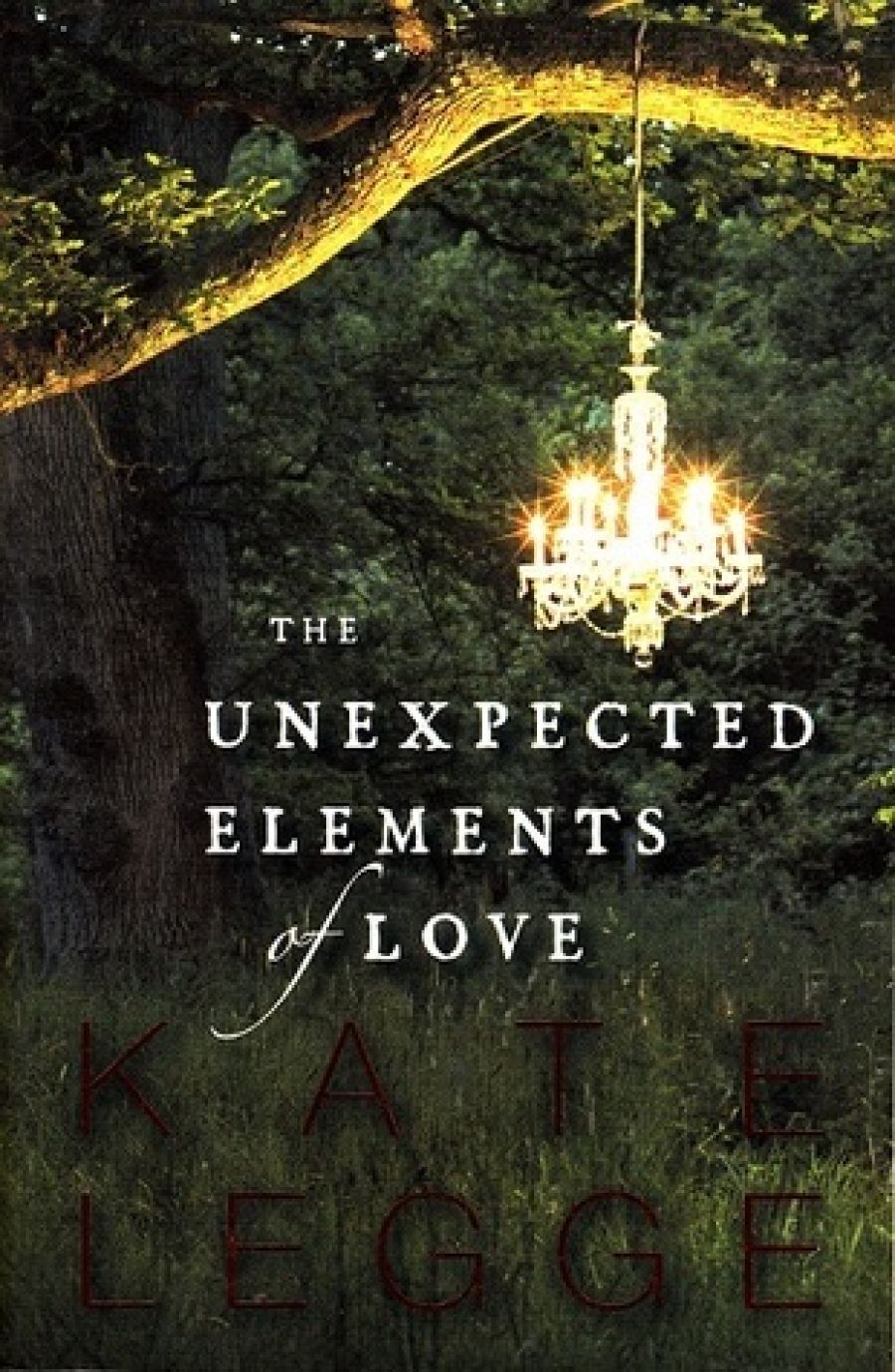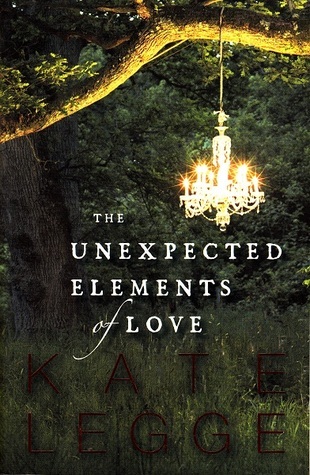
- Free Article: No
- Contents Category: Fiction
- Review Article: Yes
- Article Title: Rowing against the tide
- Online Only: No
- Custom Highlight Text:
The world conjured by first-time novelist and veteran journalist Kate Legge in The Unexpected Elements of Love is disturbingly familiar. It is peopled by frantic working mothers, lonely single women battling the biological clock, ageing couples ‘rowing against the tide’ of dementia and ill health, and sensitive small children swallowing pill-packed marshmallows for ADHD, all set against the backdrop of an increasingly extreme weather system, frequently referred to as ‘the warming’. It seems odd that this blazingly topical book, published in a year when the effects of climate change have been headline news, was written five years ago.
- Book 1 Title: The Unexpected Elements of Love
- Book 1 Biblio: Viking, $29.95 pb, 249 pp
- Book 1 Cover Small (400 x 600):

- Book 1 Cover (800 x 1200):

The weather is the central character in The Unexpected Elements of Love, linking the disparate main (human) characters: Janet, a reporter on a cable TV weather station; her ADHD son Harry, who has an irrational fear of weather; her husband Nick’s fertility patient and Harry’s new psychologist, Dale – whose father, Roy, an ageing sculptor, is producing his last commission on the topic of global warming. References to the weather appear throughout, in the form of both scene-setting detail and metaphors for the action. The climax of the novel happens during a storm. The action is book-ended by ‘the city is melting’ on page three, and by rain on the last. The device mostly works, but does grow weary. According to Legge, there were more weather references when she wrote the book, but her editor weeded them out. A wise choice.
Of course, weather is just one of many issues explored: Legge’s known interests in aged care, modern parenting and politics all heavily inform the storyline. It is difficult to explore social politics without subverting character to story, and many a novel has died in the attempt, but Legge manages beautifully. Most of her characters are nuanced and multi-faceted, with real strengths, flaws and insecurities. Roy and his wife, Beth, married for fifty years and still devoted to each other, are, in this way, the novel’s weak spot. Interestingly, Legge has remarked that the two things she felt most strongly about in writing the book was the strength of Beth and Roy’s union (in an age where marriage has become ‘a dying art’) and the issue of climate change; yet it is these two aspects that are slightly overcooked. Although I was drawn to Beth and Roy as characters, and enjoyed Beth’s sardonic attitude to the world around her, I was less comfortable with the relationship between them, which just became cloying or sentimental at times, especially when compared with the ‘warts and all’ portrayal of Janet and Nick’s more troubled relationship.
The harried working mother, Janet, is the real highlight of the book. Legge captures her predicament with chilling accuracy and does not pull her punches. One of the novel’s most resonant moments comes at the height of a freakish storm, when Janet is preparing for a dinner date with her husband and Dale, but is ordered into work – at the same time as Harry, terrified of the weather, begs her not to go. Pulled three ways, she chooses her job. Another time, she terminates a phone conversation with a needful Harry because her boss is ringing her mobile – a simple but telling moment. Legge neither exonerates nor condemns her working mother; she simply shows the way things unfold, the good moments and the bad.
Legge, a skilful writer, frames her story and explores her ideas in sophisticated ways. Her language is clean and evocative, not clipped or spare like an M.J. Hyland or Sonya Hartnett, but a sweet-and-sour mix of warm and sardonic, affectionate and cool-eyed. She has the power to make the reader take time out to reflect with a keenly observed line: ‘She cannot break the cycle of wishing Harry could be more like the rest. Less himself.’ Or, ‘When I have a kid, I hope I don’t have one like me.’
The exciting thing about this novel is that there is so much to think and talk about. David Marr’s famous call in 2003 for Australian writers to address the times we live in is often cited when ‘social issues’ novels are published these days. This novel surely answers the brief: ‘address[ing] in worldly, adult ways the country and the time in which we live.’ Kate Legge has expressed her wish that this book will start a conversation. A conversation is not the only thing to have been started by The Unexpected Elements of Love – it is to be hoped that it marks the beginning of a fruitful career in fiction.


Comments powered by CComment